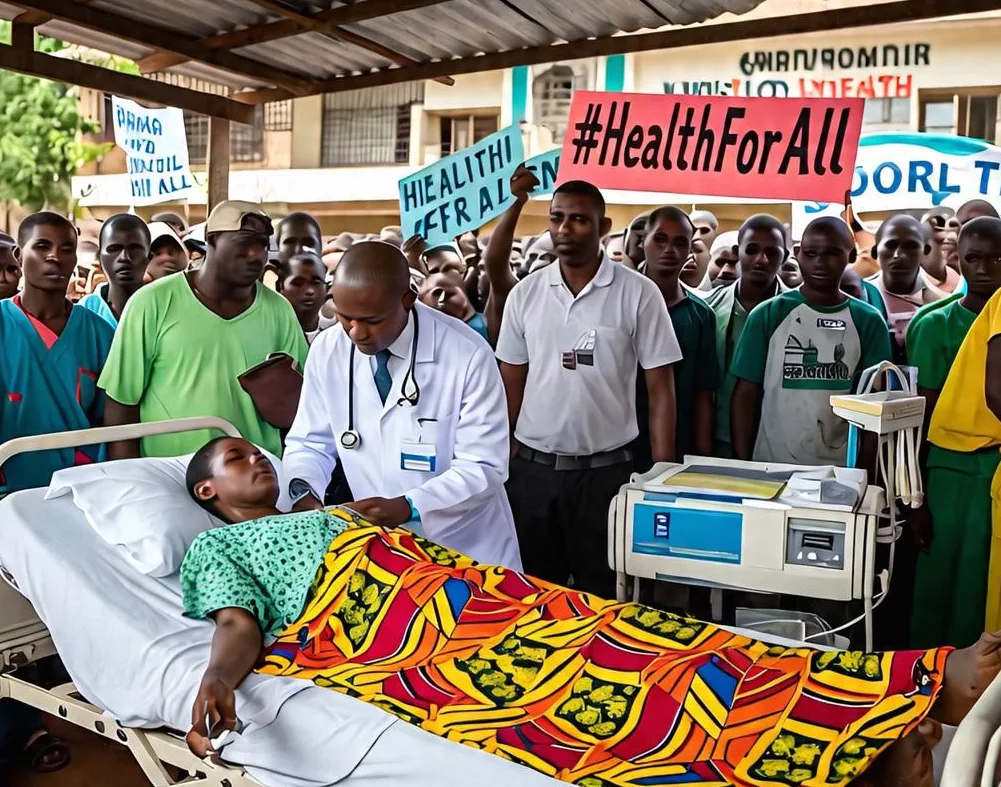By Edward Makuzva
After decades of programming to improve adolescent sexual and reproductive health (ASRH), it has become increasingly clear that strengthening access to, and the quality of, services does not alone suffice to improve health outcomes, says family planning experts.
They say sexual and reproductive health (SRH) of adolescents is now strongly influenced by a range of social, cultural, political, and economic factors and inequalities.
These factors increase adolescents’ vulnerability to SRH risks which are unsafe sex, sexual coercion, early pregnancy) and pose barriers to their access to SRH information and services.
Addressing Journalists at media Sensitisation workshop organised by Save the Children Yesterday in Harare, Programmes Health Manager Linile Malunga said the goal of the project is to reduce HIV and AIDS among children in Zimbabwe.
Malunga said poverty and a lack of resources for key needs and expenses are linked to greater vulnerability to poor SRH outcomes of adolescents, especially girls, for a variety of reasons.
She added the objective of the adolescent Sexual Reproductive Health project is to create an enabling legislative and policy environment through advocating legislation that promotes the realisation of the ASRH of children in the selected countries and at regional.
“There is a need to focus on empowering adolescents including through efforts such as those that build the economic and social assets as well as the resources of adolescents.
“There is a need to create positive social norms and community support for adolescents to practice safer behaviours and access SRH information and services. This involves interventions aimed at broader community members and institutions outside the family—in neighbourhoods, schools, and workplaces”, Malunga explained.
The Save the Children Programs Health Manager highlighted that the project also is need to promote laws and policies related to the health, social, economic, and educational spheres and to build broad societal norms in support of SRH and helping adolescents realise their human rights.
Speaking at the same occasion, Zimbabwe National Family Planning Council Programme Manager Kefas Chanana said 50% of people living with HIV are young people or youths.
Chanana indicated the major key drivers for ASRH challenges are poverty, inadequate and relevant service delivery, as well as economic of families, adolescents and young people which will lead to reduced school drop outs and vulnerability to ASRH risks among youths.
“Several interventions have focused on economic empowerment and poverty reduction as a way of reducing adolescent girls’ and young women’s vulnerability to SRH issues and HIV.
The status of girls and young women in the families, improve access to education, and reduce the need for girls and young women to engage in transactional sex”, Chanana added.
Statistics revealed by UNICEF children report (2015) shows that, the prevalence rate of child marriages are as follows Mashonaland central 50%, Mashonaland West 42%, Masvingo39%, Mashonaland East 36%, Midlands 31%, Manicaland 30%, Matabeleland North27%, Harare 19%, Matabeleland South 18% and Bulawayo 10%.
These statistics are indication that there is a big problem and a lot needs to be done.
The prevalence of child marriage in Zimbabwe is still unacceptably high, there is need to make every effort as individuals, families, communities and government to put measures in place aimed at ending child marriage.






